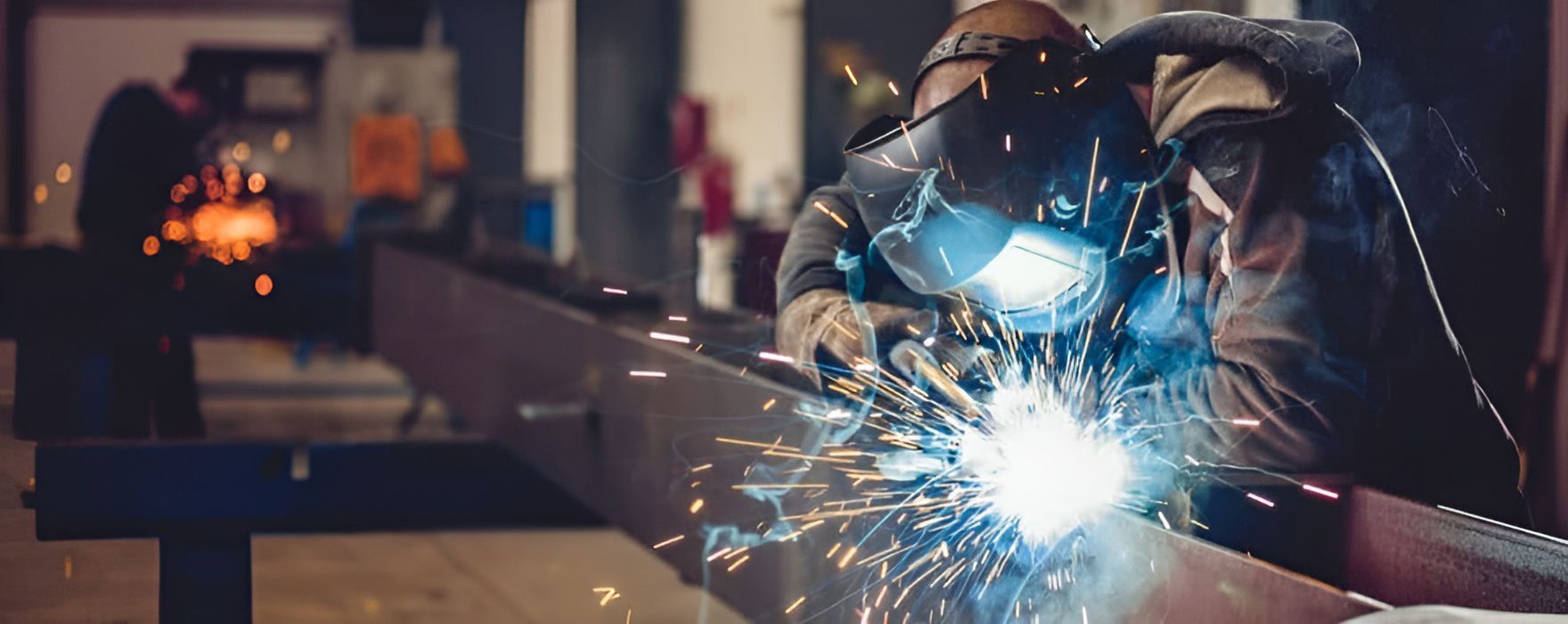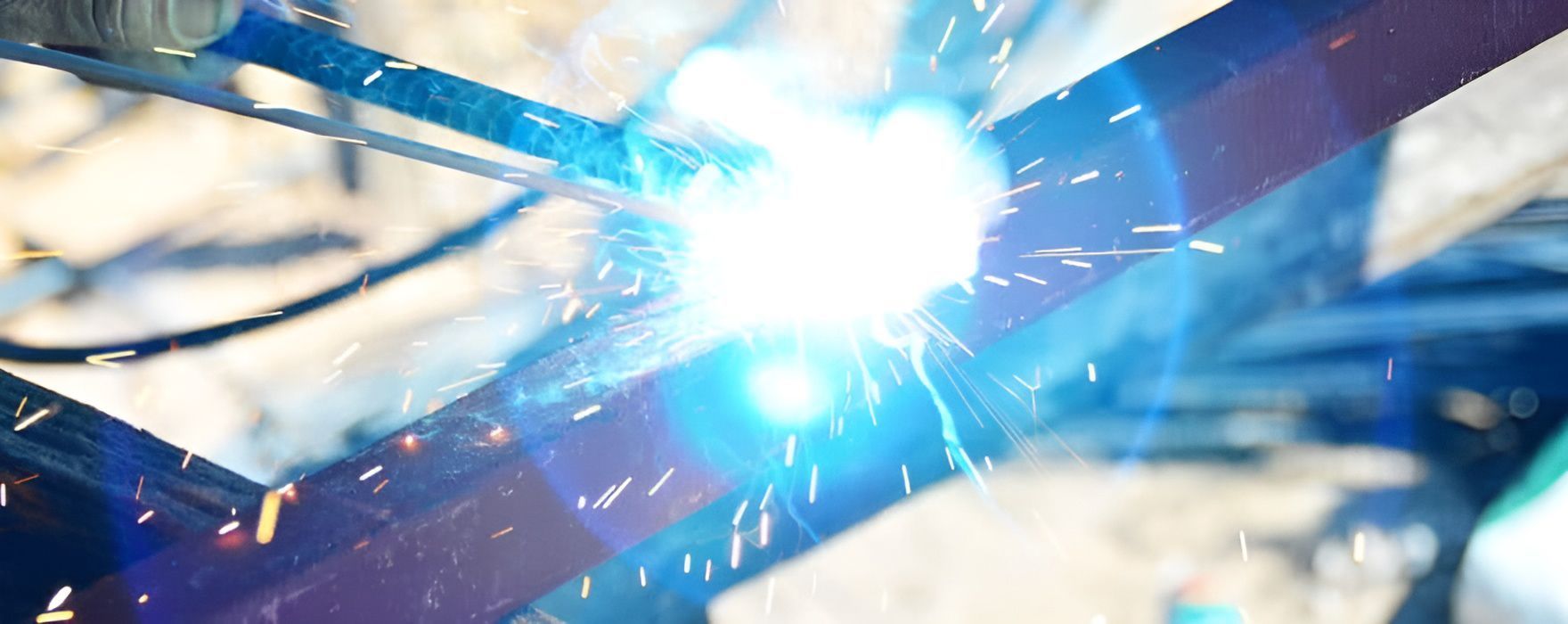Aluminium Fabrication Gold Coast: Maintenance & Repair
Aluminium fabrication is a crucial part of various industries, from construction to aerospace. Its lightweight yet durable properties make it an ideal choice for a wide range of applications. If you rely on aluminium fabricated components, it’s essential to understand the importance of maintenance and repair to ensure longevity and optimal performance.
Regular Maintenance
Routine maintenance is the key to extending the lifespan of aluminium fabricated products. Here are some essential maintenance steps to consider:
- Cleaning: Start by regularly cleaning your aluminium components. Use a mild detergent and a soft cloth to remove dirt, dust and grime. Avoid abrasive materials or harsh chemicals, as they can damage the protective oxide layer on the aluminium’s surface.
- Inspect for Corrosion: Aluminium is known for its corrosion resistance, but it’s not entirely immune. Regularly inspect your aluminium components for signs of corrosion, especially if they are exposed to harsh environmental conditions. Address any corrosion promptly to prevent it from spreading.
- Lubrication: If your aluminium components have moving parts, ensure that they are properly lubricated. This will reduce friction, minimise wear and tear, and extend the life of the components.
- Tighten Fasteners: Check and tighten fasteners like bolts and nuts regularly. Aluminium can expand and contract with temperature changes, which may cause fasteners to loosen over time.
Repairing Aluminium Fabricated Products
While maintenance can help prevent issues, it’s also essential to know how to address problems when they arise. Here are some tips for repairing aluminium fabricated products:
- Surface Damage: If you notice minor surface scratches or dings, you can often repair them with a gentle abrasive pad. Be careful not to remove too much material, as this can compromise the aluminium’s structural integrity.
- Welding: For more significant structural damage or cracks, welding can be an effective repair method. Aluminium welding requires specific equipment and expertise, so it’s best left to professionals. A skilled welder can restore your components to their original strength.
- Corrosion Removal: If corrosion has affected your aluminium components, you’ll need to remove the damaged areas and treat the metal to prevent further corrosion. This process, known as pickling and passivation, should also be performed by experienced technicians.
- Replacement: In some cases, damaged aluminium components may need to be replaced entirely. It’s essential to work with a reputable aluminium fabrication company to ensure that the new component matches your specifications and quality standards.
Aluminium fabrication plays a vital role in various industries. To maximise the longevity and performance of your aluminium components, regular maintenance is essential. Additionally, knowing how to address common issues through repairs or replacements is crucial. By taking these steps, you can ensure that your aluminium fabricated products continue to serve your needs efficiently for years to come. For comprehensive maintenance and repair services on the Gold Coast, get in touch with Brumb’s Welding & Fabrication today!






